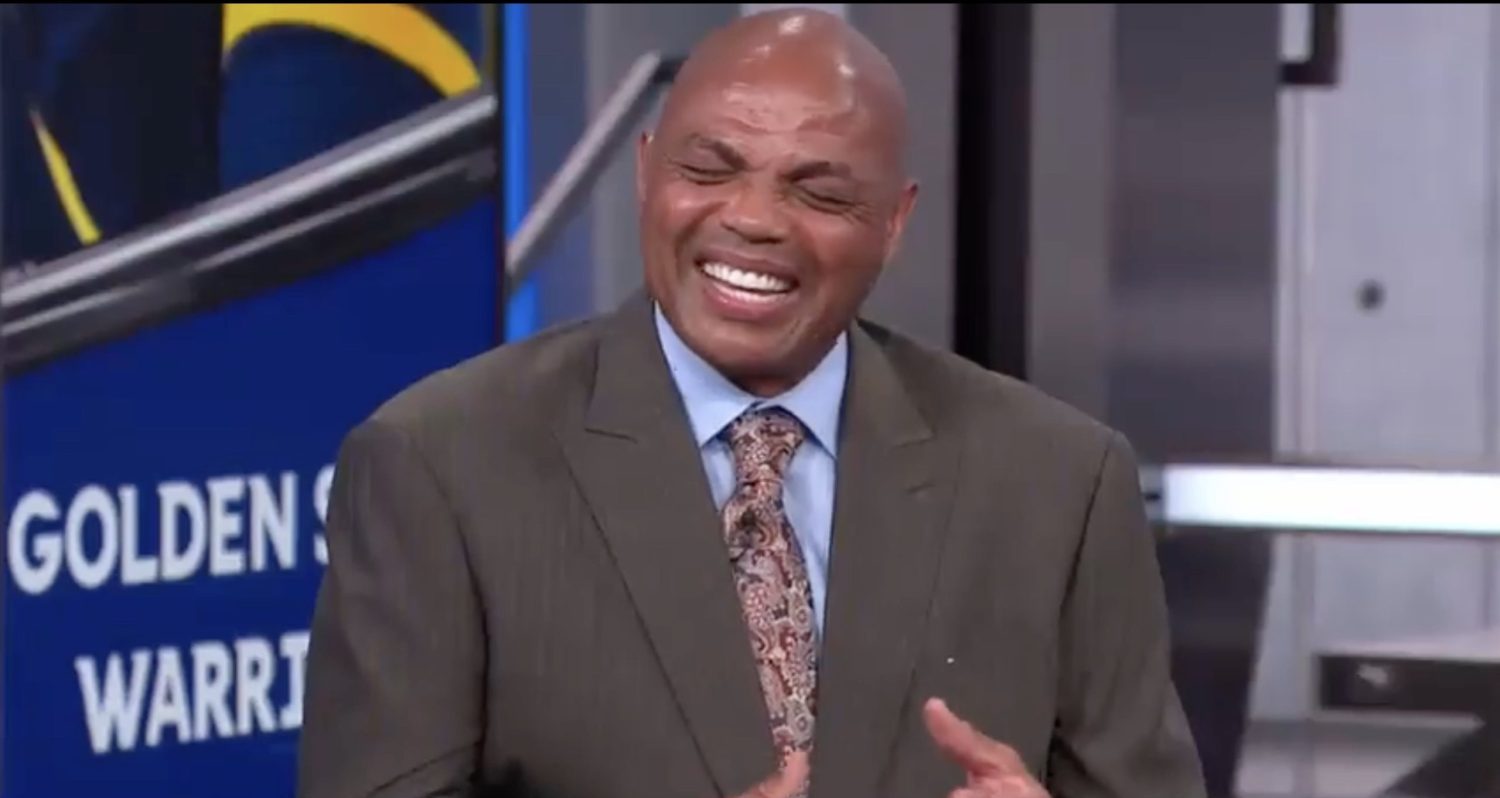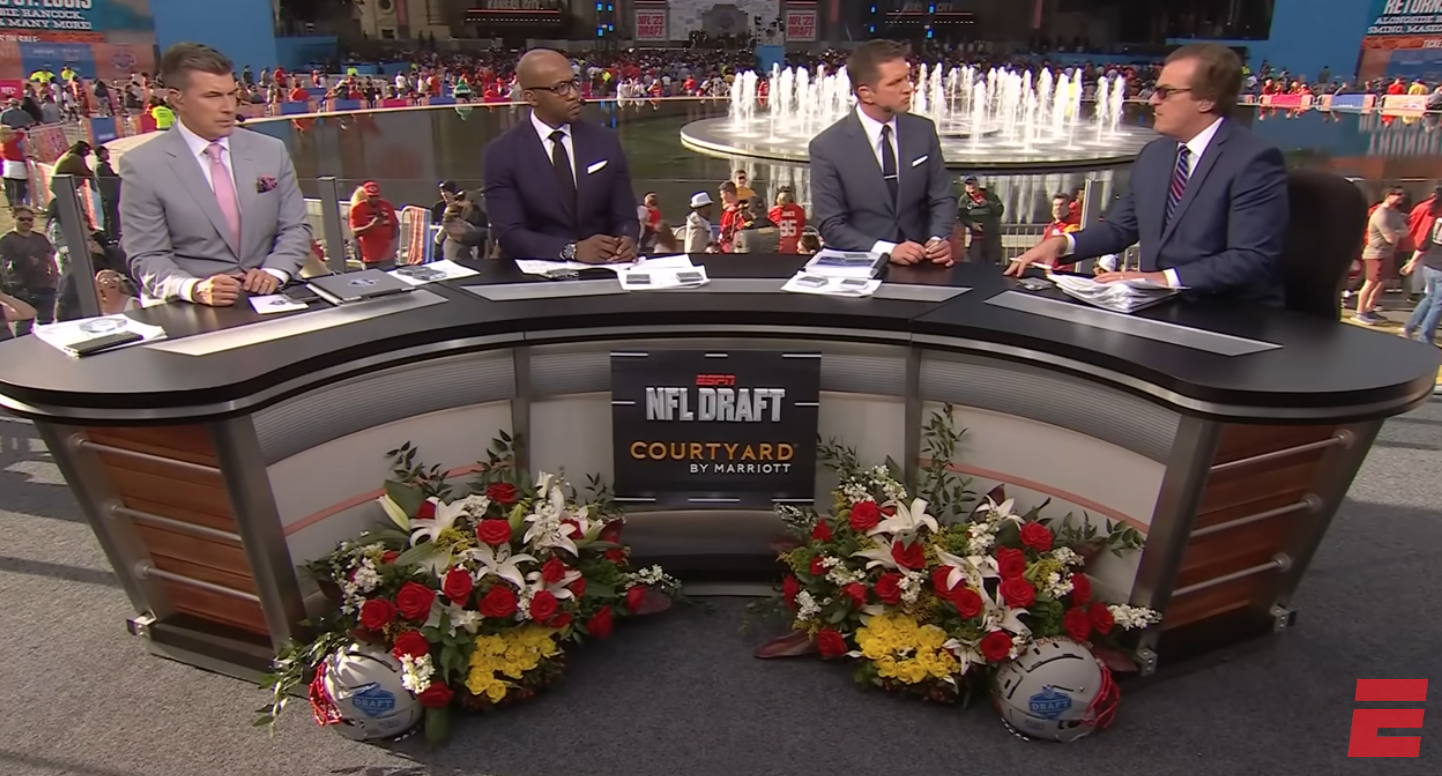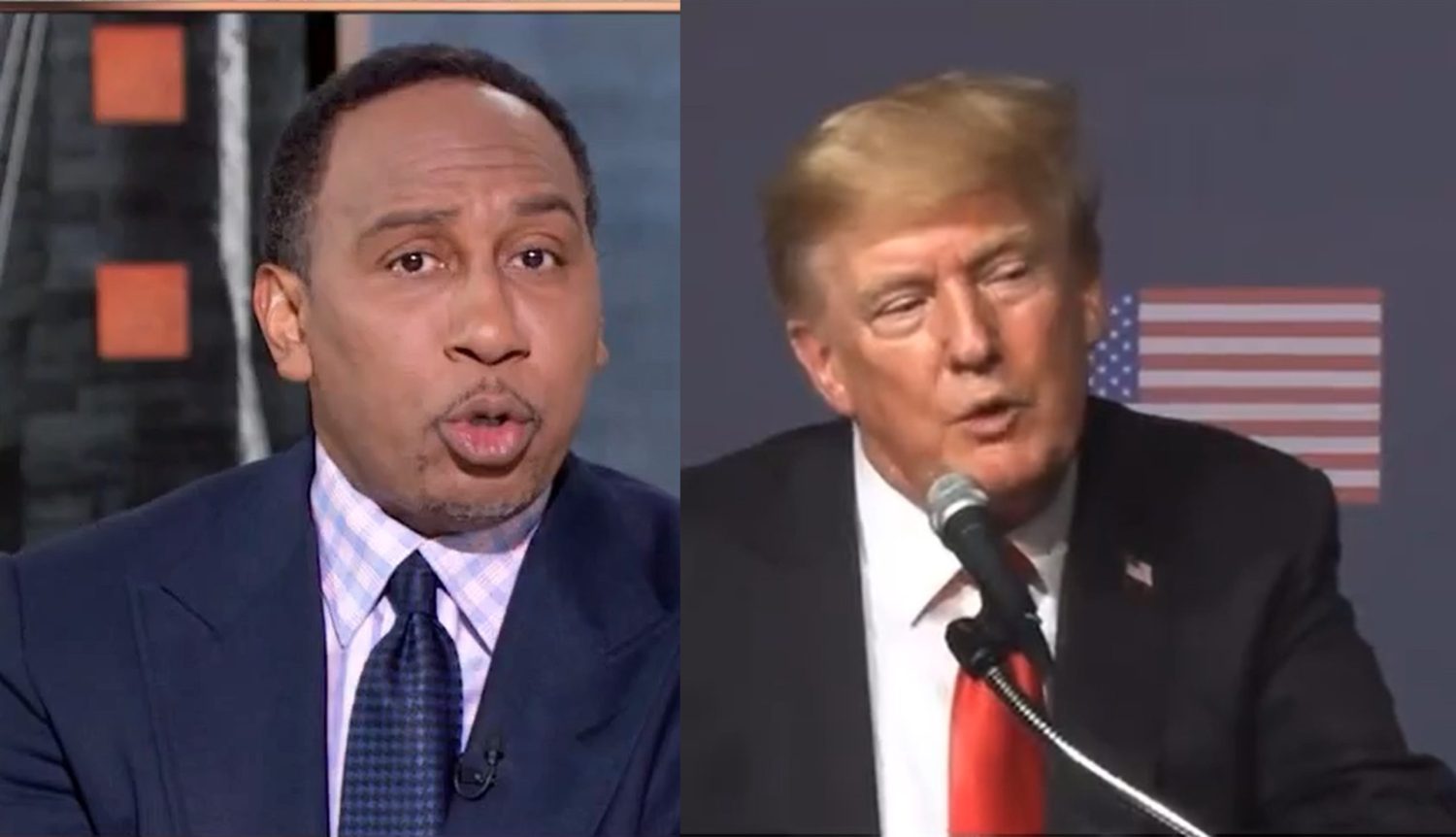If you were going to sum up the general feeling around the Pac-12 and their upcoming media rights deal, it would probably be a deep concern about their ability to keep up with the other Power 5 conferences and come away with anything resembling a financially lucrative contract.
But is a lot of that just presumptive bluster from national analysts who don’t have their finger on the pulse of what’s actually going on? Reading the tea leaves from the league’s most prominent media insiders, it sounds like the end result is going to be much better than many are expecting.
Whether or not it will ultimately stave off the threat of further conference member poaching, that’s anyone’s guess.
Take Jon Wilner from the San Jose Mercury-News, who made his final predictions about media partners and revenue expectations for the conference earlier in the week. While many have been predicting that the Pac-12 will end up with a rights deal that’s paltry in comparison to the Big 12’s annual $31.6 million per school take, Wilner thinks it is way more likely that they’ll end up in that ballpark, if not a little better.
“We project the Pac-12’s valuation to fall within 10 percent of the Big 12’s agreement with ESPN and Fox, which will pay each school an average of $31.7 million annually starting in 2024-25,” wrote Wilner. “That places the Pac-12’s range as $28.5 million (per school) annually on the low end and $34.9 million annually on the high end. Our target number is $29.7 million.”
Wilner explained that the negative impact of losing UCLA and USC is being blown out of proportion, especially given inflation and the rise in the value of live sports. And considering the Big 12 was able to renew its Fox and ESPN deals at a higher rate after losing Texas and Oklahoma, it’s likely that the Pac-12 will see a similar trajectory in spite of conference realignment.
Meanwhile, John Canzano shared another good reason the Pac-12 won’t suffer a significant drop in media rights. He reported Friday that the Pac-12 Conference CEO Group approved “further exploration” of four schools for possible conference expansion, including San Diego State, SMU, and Colorado State.
Canzano is quick to note that this doesn’t mean the Pac-12 will expand by four schools or that the aforementioned ones will be part of that expansion, but it’s a signal to media rights partners that market growth is coming to offset the loss of the Los Angeles schools.
Canzano also shared that several sources told him “they’re confident the conference will match or beat the Big 12’s announced $31.6 million annual media-rights distribution figure.” He even went as far as to say that one source said that number was “a layup” and that a Pac-12 athletic director told him “We have better schools, better markets, and better ratings [than the Big 12].”
For the time being at least, Canzano also confirms that Oregon and Colorado remain very committed to the Pac-12.
Ultimately, both insiders seem to be of the mind that while the conference is taking its sweet time to make a deal, that isn’t the red flag that many have interpreted it as.
As for who those media partners will be, rumors continue to swirl but it certainly sounds like Amazon and Apple are at the heart of the negotiations.
“One of the hold-ups on the Pac-12’s media rights deal apparently relates to the involvement of Amazon and Apple as bidders, per multiple sources,” said Canzano. “One — or both — is in play for a piece of the Pac-12’s rights. The entities are relatively new in the space and I’m told the negotiation has moved slower than expected because of that.”
As for Wilner, he “expects a media deal with ESPN and either Apple or Amazon, and we wouldn’t rule out the possibility for both companies to be involved.”
As more time elapses before a deal is done, the sky will continue to fall in the eyes of many. But as far as the Pac-12 insiders seem to be concerned, there’s no rush here.






